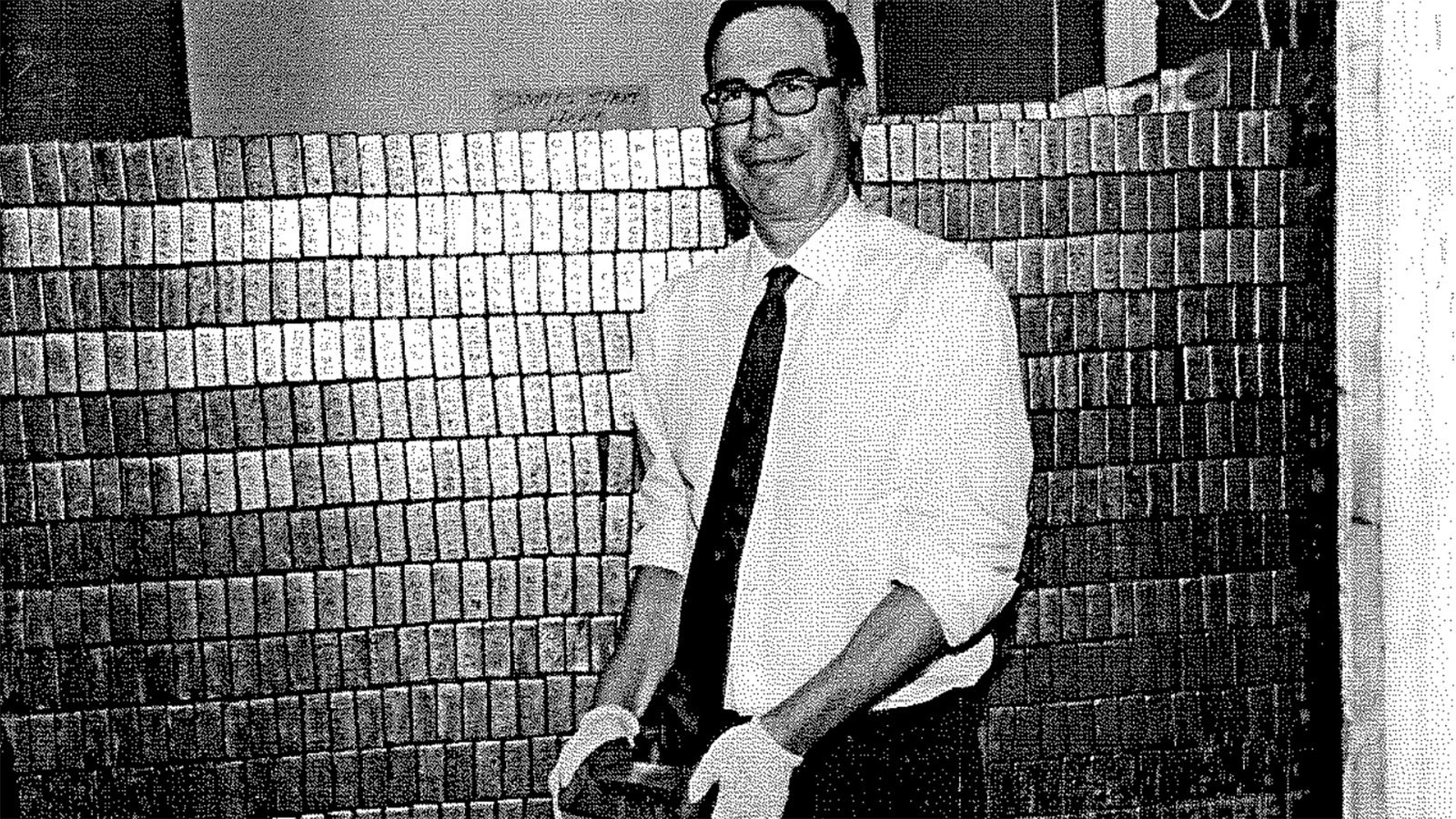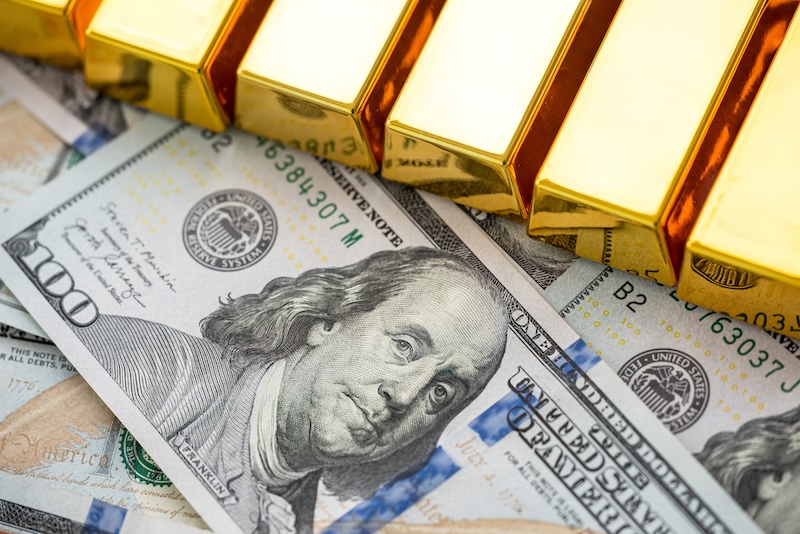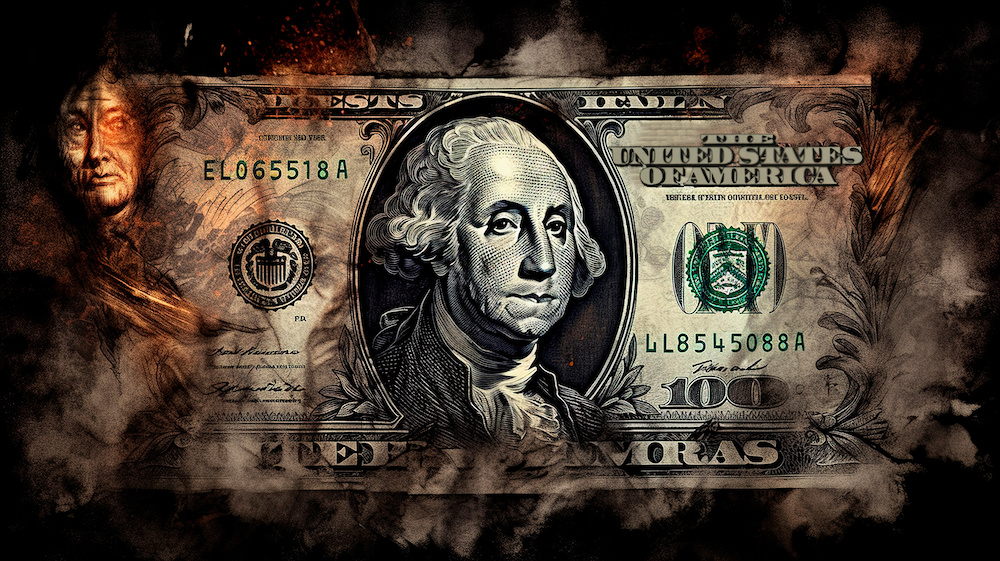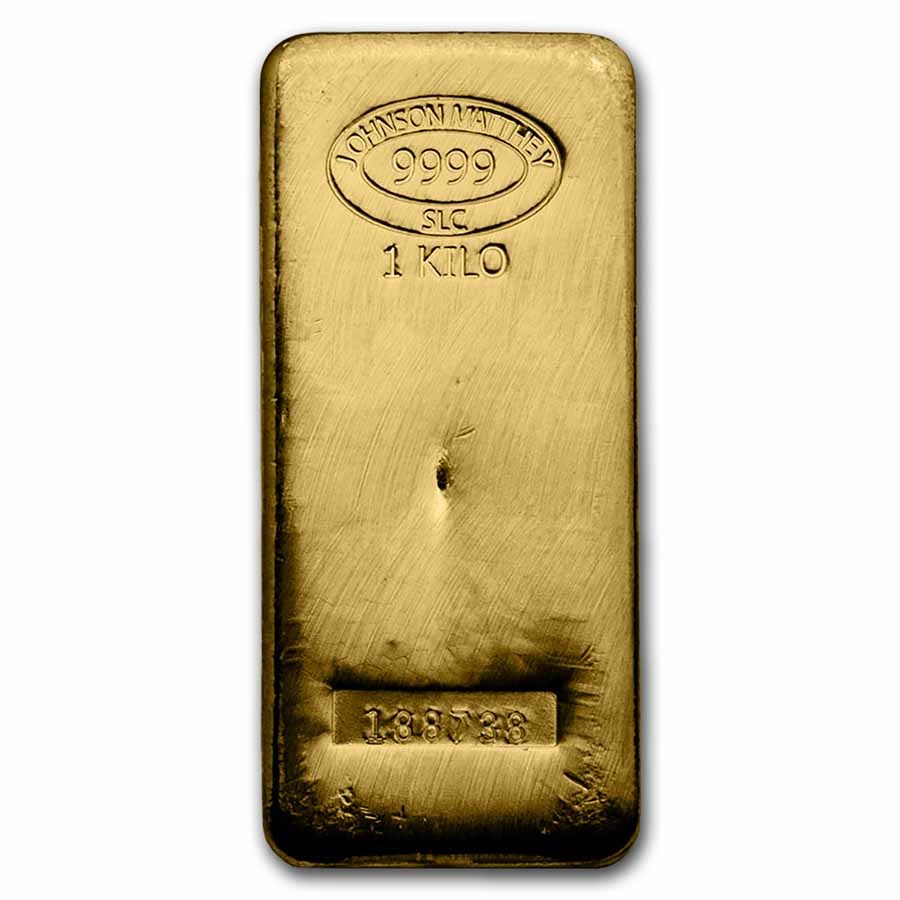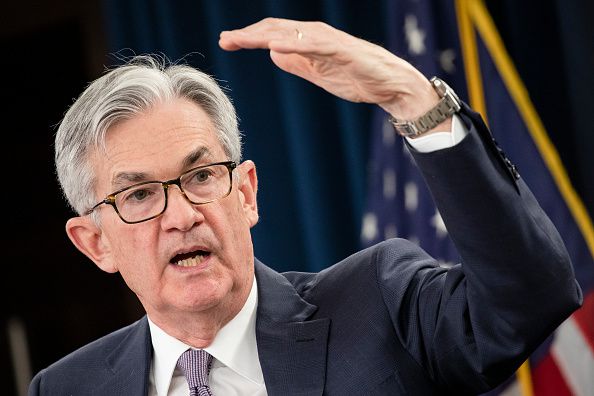Central banks worldwide continued their gold-buying streak in 2024, adding over 1,000 tons of gold to their reserves in 2024. The buying spree has been propelled by economic uncertainties, inflation concerns, and a growing interest in reducing dollars held in foreign reserves.
While many central banks within the BRICS bloc (Brazil, Russia, India, China, and South Africa), G7, and G20 have either maintained or expanded their gold holdings, one country in particular stood out: Poland.
Poland’s Break from December Purchases and Year-End Figures
After consistently increasing its gold reserves for eight consecutive months—from April through November 2024—Poland’s central bank, the National Bank of Poland (NBP), opted to pause gold purchases in December. Even with this pause, the NBP closed out the year with total monetary gold reserves of 448 tonnes.
The NBP’s Governor, Adam Glapiński, has set a clear target of 600 tonnes of gold for the country’s reserves. While taking a break in December may have been a tactical or logistical decision, it does not signify a long-term pullback.
To meet the 600-tonne goal, further substantial purchases are likely on the horizon. This aligns with a broader trend among some central banks—particularly within Eastern Europe and parts of Asia—of expanding gold positions to hedge against potential currency volatility and diversify away from over-reliance on the U.S. dollar.
Why Central Banks Continue to Buy Gold
- Inflation Hedge: With persistent inflationary pressures felt across many economies, gold remains a traditional store of value. Central banks use it to help protect the real value of their reserves.
- Geopolitical Uncertainties: In times of geopolitical tension or economic uncertainty, gold serves as a safe-haven asset. Increased interest in gold purchases often parallels periods of heightened volatility in global markets.
- Reserve Diversification: Overdependence on one currency—often the U.S. dollar—can heighten risks for central banks. Even with gold prices today near record highs, adding gold to the reserve mix helps reduce currency risk and broadens a country’s portfolio.
- Monetary Policy Flexibility: Gold reserves can improve a central bank’s overall financial stability, potentially providing more leeway in times of crisis or during currency interventions.
Indonesia Joins The BRICS Alliance
Meanwhile, significant geopolitical shifts are also taking place. On January 6, Reuters reported that Indonesia will formally join BRICS as a full member, according to the government of Brazil. This announcement marks a major expansion for the group of major emerging economies, which, in addition to its original five (Brazil, Russia, India, China, and South Africa), now includes:
- Egypt
- Ethiopia
- Iran
- United Arab Emirates
- Indonesia (latest entrant)
Indonesia’s Motivation
- World’s Fourth Most Populous Nation: With roughly 280 million people, Indonesia has long been seen as a crucial player in the Global South.
- Strategic Partnerships: Jakarta views BRICS membership as a way to strengthen ties with other emerging nations and advocate more effectively for Global South interests on the international stage.
- Economic Reform & Governance: “Indonesia shares with the other members of the group support for the reform of global governance institutions,” noted Brazil’s government, highlighting Indonesia’s alignment with BRICS’ broader policy goals.
The BRICS Bloc in Numbers
With the inclusion of Indonesia, alongside other populous nations like China (1.4 billion people), India (1.4 billion), and Brazil (214 million), the expanded BRICS group accounts for well over 3.8 billion people—roughly half of the world’s total population.
By comparison, G7 Countries (United States, Canada, France, Germany, Italy, Japan, and the United Kingdom) total around 770–800 million in population combined.
In terms of purchasing power parity (PPP), many analysts project that the enlarged BRICS bloc could challenge or even surpass the G7 in aggregate economic output in the coming years.
These statistics highlight BRICS’ growing potential to reshape global economic and financial governance, with gold purchases by member states serving as one visible indicator of this shifting economic landscape.
U.S. Treasury Gold Reserves
The United States has the largest gold reserves in the world.
Key Takeaways:
- U.S. Treasury holds approximately 8,133.5 metric tons (261 million troy ounces) of official gold reserves, primarily stored at Fort Knox and other secure facilities.
- Federal Reserve does not maintain large independent gold holdings; instead, it holds gold certificates and provides vault services, including significant custodial storage for foreign governments.
- Private/Commercial gold holdings, while not “official reserves,” are substantial but untracked in official government tallies.
- Unmined Gold in the U.S. is estimated at around 3,000 metric tons (96 million troy ounces) in identified resources, with additional undiscovered deposits that remain subject to further exploration.
Official U.S. Gold Holdings
The U.S. Department of the Treasury legally owns America’s official gold reserves. The most up-to-date reports show around 8,133.5 metric tons. In troy ounces, that equates to roughly 261 million troy ounces.
Location & Storage
The Bullion Depository inside the Fort Knox Army Base in Kentucky stores a significant portion of the gold reserves.
Additional vaults include the U.S. Mint facilities in Denver, CO, and West Point, NY.
Additional holdings are in Federal Reserve banks. While the Federal Reserve owns these vaults, the Treasury officially owns this gold.
The Federal Reserve acts, in part, as custodian for these reserves and holds gold certificates on its balance sheet corresponding to metal owned by the Treasury.
Federal Reserve Gold Holdings
In the past, the Federal Reserve itself owned significant physical stocks. Today, however, virtually all U.S. official gold is owned by the Treasury, not the Federal Reserve. The Federal Reserve mainly provides vault storage, while the Treasury holds title to America’s official gold.
The Fed carries “gold certificate accounts” that reflect gold held (and owned) by the U.S. Treasury. These certificates are denominated at a statutory price far below current market values (e.g., $42.22 per troy ounce), which does not reflect modern market pricing.
The Federal Reserve Bank of New York (FRBNY) vault also stores gold for foreign governments, central banks, and official international organizations. This foreign-owned holdings do not count as part of U.S. official reserves.
Federal Reserve Foreign Holdings
Historically, the Federal Reserve Bank of New York has held gold for dozens of foreign governments and their central banks.
The New York Fed’s gold vault is highly secure, located 80 feet below street level, resting on Manhattan bedrock. It is widely regarded as one of the safest storage facilities in the world.
Over the years, certain countries have chosen to repatriate some or all of their holdings, while others continue to store significant portions in New York. Some notable examples (past and/or present) include:
| Country/Central Bank | Summary |
|---|---|
| Germany (Bundesbank) | Germany kept a significant portion of its gold at the New York Fed for decades and, in recent years, repatriated some of it back to Frankfurt. |
| Netherlands (De Nederlandsche Bank) | The Dutch central bank repatriated part of its gold reserves from New York a few years ago but continues to store a portion at the Federal Reserve Bank of New York. |
| France (Banque de France) | France had historically stored gold in New York but repatriated much of it in the 1960s and 1970s after Nixon closed the gold window. |
| Other European Central Banks | Several other European nations have or had holdings at the Federal Reserve for diversification and historical reasons. |
| Select Latin American, Middle Eastern, and Asian Central Banks | Other countries from various regions also keep a share of their gold reserves in New York for liquidity, security, and convenience in international transactions. |
Additional United States Gold Holdings
Beyond the official reserves accounted for on the Treasury’s balance sheet, there are additional (though comparatively small) categories:
U.S. Mint Gold Working Stock
A portion is allocated to produce bullion coins and commemorative coins. As of 2025, this is roughly 2.8 million troy ounces, enough to produce roughly 2 years worth of American Eagle and Buffalo Gold Coins. This working stock is included in the official total but can fluctuate slightly.
Strategic & Commercial Holdings
Various private banks, bullion banks, and brokerage houses maintain vaults for commercial purposes.
The U.S. doesn’t maintain a large, separate “strategic” stockpile outside official reserves comparable to some other commodities (e.g., the Strategic Petroleum Reserve for oil).
Individual & Private Investment
Private citizens and institutional investors hold gold through coins, bars, and exchange-traded products.
While not an “official reserve,” private investment demand can be sizable and contribute to the overall gold market within the United States.
